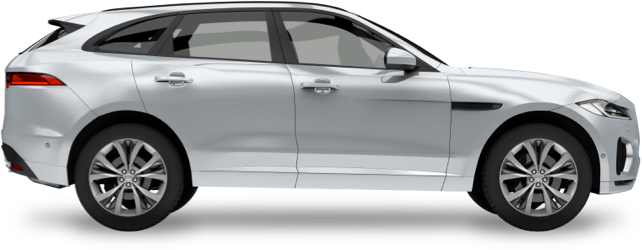- Quick and easy service
Car Rental Buenos Aires
Search, compare & book!
- Free cancellation Up to 48 hours prior to the scheduled pick up time
- Best price guarantee Have you found a better price? Let us know and we will make you a better offer.
- Already 500,000+ bookings More than half a million people preceded you 24000+ pick-up locations Locations around the world
- 24000+ pick-up locations Locations around the world
Car Rental Buenos Aires
Renting a car in Buenos Aires is simple with us. We offer the best rates in the market. We offer rental cars worldwide, in over 125 countries and more than 17,000 locations. All inclusive car rental in Buenos Aires at the best rates - quality service guaranteed!
Car rental offers in Buenos Aires
Whether you're looking for a small rental car or a station wagon for the entire family, we will always have a suitable vehicle for the lowest price. Below are some examples from our selection in Buenos Aires.
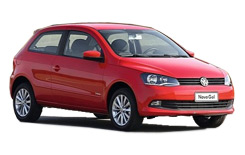
-
Alamo From€ 10 /day

-
Alamo From€ 10 /day
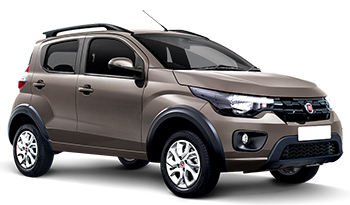
-
Rent a car From€ 49 /day
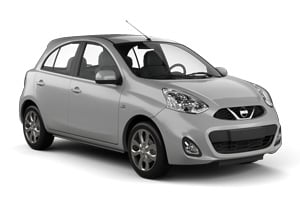
-
Rent a car From€ 53 /day

-
Rent a car From€ 65 /day

-
Rent a car From€ 73 /day
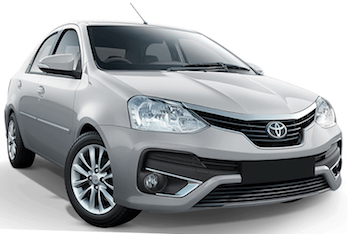
-
Rent a car From€ 130 /day

-
Rent a car From€ 133 /day
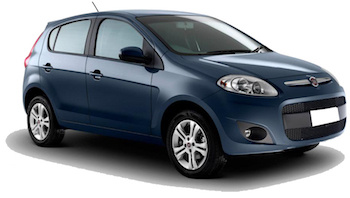
-
Alamo From€ 11 /day -
Enterprise From€ 53 /day -
National Car Rental From€ 61 /day
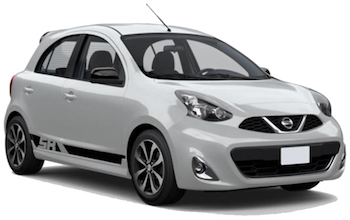
-
Europcar From€ 15 /day -
Rent a car From€ 50 /day -
Avis From€ 80 /day

-
Europcar From€ 15 /day -
Rent a car From€ 54 /day -
Avis From€ 87 /day
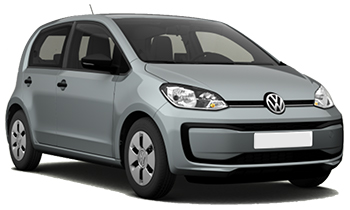
-
Europcar From€ 16 /day -
Avis From€ 70 /day

-
Europcar From€ 17 /day -
Avis From€ 67 /day

-
Rent a car From€ 44 /day

-
Rent a car From€ 48 /day

-
Rent a car From€ 49 /day -
Alamo From€ 53 /day -
Enterprise From€ 54 /day
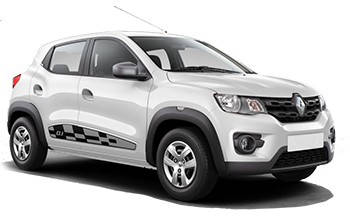
-
Rent a car From€ 54 /day

-
Europcar From€ 16 /day -
Rent a car From€ 47 /day -
Avis From€ 96 /day

-
Europcar From€ 16 /day -
Rent a car From€ 51 /day -
Avis From€ 101 /day
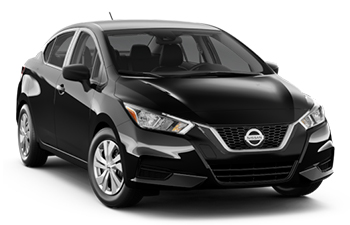
-
Europcar From€ 16 /day -
Rent a car From€ 56 /day -
Alamo From€ 58 /day

-
Europcar From€ 16 /day -
Alamo From€ 68 /day -
National Car Rental From€ 72 /day

-
Alamo From€ 45 /day -
Europcar From€ 46 /day -
Enterprise From€ 54 /day
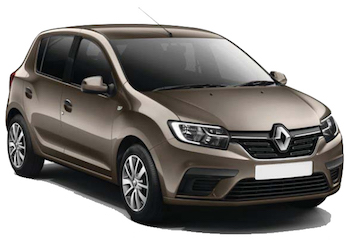
-
Sixt From€ 45 /day
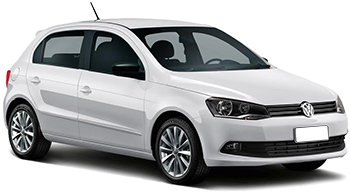
-
Rent a car From€ 49 /day

-
Rent a car From€ 46 /day

-
Sixt From€ 51 /day
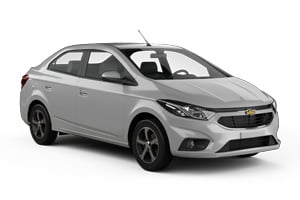
-
Alamo From€ 21 /day -
Rent a car From€ 47 /day -
Enterprise From€ 75 /day

-
Alamo From€ 21 /day -
Rent a car From€ 52 /day -
Enterprise From€ 82 /day
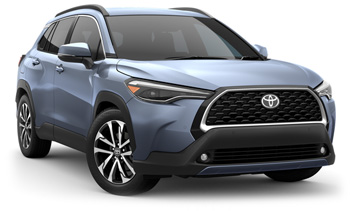
-
Alamo From€ 22 /day -
Sixt From€ 92 /day

-
Hertz From€ 49 /day

-
Hertz From€ 50 /day
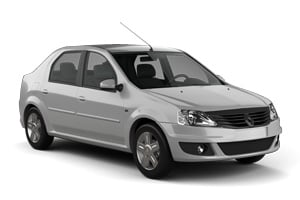
-
Sixt From€ 50 /day -
Rent a car From€ 132 /day

-
Rent a car From€ 55 /day -
Alamo From€ 66 /day -
Europcar From€ 68 /day

-
Rent a car From€ 50 /day -
Alamo From€ 60 /day -
Europcar From€ 62 /day

-
Sixt From€ 55 /day -
Rent a car From€ 135 /day
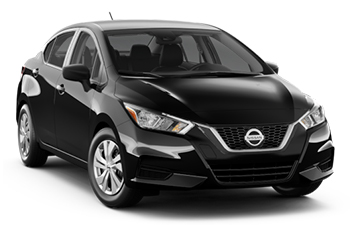
-
Alamo From€ 55 /day -
National Car Rental From€ 68 /day -
Enterprise From€ 89 /day

-
Alamo From€ 57 /day

-
Alamo From€ 60 /day -
National Car Rental From€ 75 /day -
Enterprise From€ 87 /day

-
Alamo From€ 62 /day
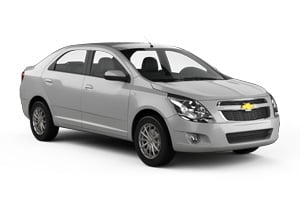
-
Rent a car From€ 62 /day -
Alamo From€ 67 /day -
Enterprise From€ 73 /day

-
Rent a car From€ 63 /day -
Alamo From€ 73 /day -
Enterprise From€ 80 /day
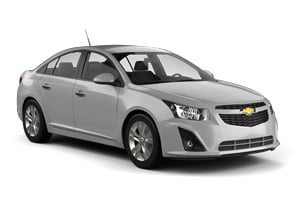
-
Alamo From€ 72 /day -
Enterprise From€ 79 /day -
National Car Rental From€ 82 /day

-
Alamo From€ 79 /day -
Enterprise From€ 86 /day -
National Car Rental From€ 89 /day
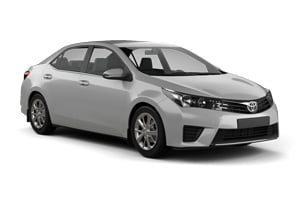
-
Localiza Car Rentals From€ 108 /day -
Rent a car From€ 217 /day -
Avis From€ 217 /day
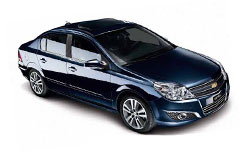
-
Alamo From€ 67 /day
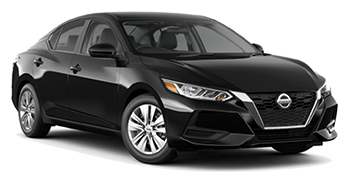
-
Sixt From€ 78 /day
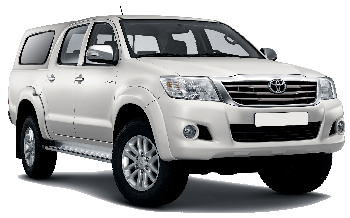
-
Rent a car From€ 90 /day

-
Rent a car From€ 83 /day

-
Sixt From€ 90 /day

-
Avis From€ 91 /day -
Budget From€ 92 /day -
Europcar From€ 104 /day

-
Avis From€ 106 /day -
Europcar From€ 110 /day -
Budget From€ 112 /day

-
Rent a car From€ 95 /day
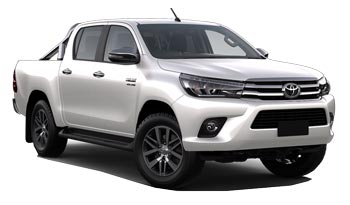
-
Europcar From€ 165 /day

-
Alamo From€ 106 /day

-
Alamo From€ 111 /day
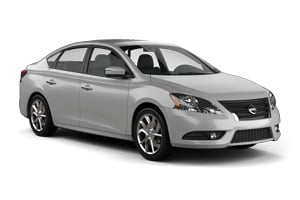
-
Localiza Car Rentals From€ 115 /day

-
Localiza Car Rentals From€ 133 /day

-
Alamo From€ 22 /day -
Sixt From€ 92 /day
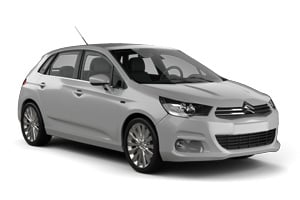
-
Sixt From€ 64 /day

-
Sixt From€ 70 /day
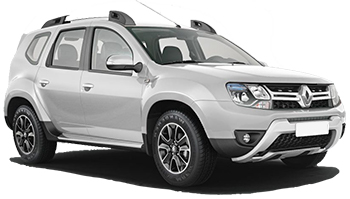
-
Alamo From€ 87 /day -
Enterprise From€ 97 /day -
National Car Rental From€ 110 /day

-
Alamo From€ 92 /day -
Enterprise From€ 110 /day -
National Car Rental From€ 115 /day
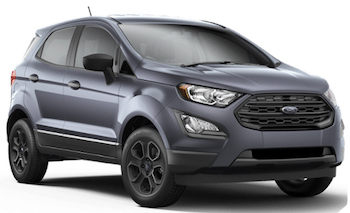
-
Alamo From€ 88 /day -
Enterprise From€ 96 /day -
National Car Rental From€ 102 /day

-
Alamo From€ 94 /day -
Enterprise From€ 103 /day -
National Car Rental From€ 107 /day

-
Alamo From€ 95 /day -
Sixt From€ 98 /day
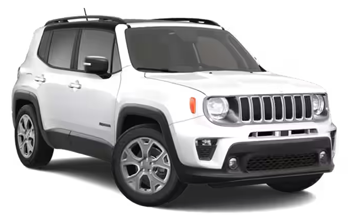
-
Localiza Car Rentals From€ 96 /day
Car rental companies in Buenos Aires
Below are the car rental companies in Buenos Aires with the best ratings. Compare all ratings and prices of these rental companies in one search.
-
Localiza Car Rentals
From€ 61 / day -
Alamo
From€ 10 / day -
Europcar
From€ 15 / day -
Rent a car
From€ 44 / day -
Hertz
From€ 49 / day -
Keddy By Europcar
No rates available

When is the best time to book a rental car in Buenos Aires?
Car rental companies in and around Buenos Aires
Information about Buenos Aires
Of all Latin American cities, Buenos Aires has the most European feel to it. The city somewhat resembles Barcelona. Even the inhabitants appear somewhat European and that is no surprise, as most of them are descendants of European immigrants. The city was founded in 1536 and is named after the patron saint of sailors: Nuestra Señora de Santa María del Buen Aire.
The city center is formed by the Plaza de Mayo. On one side of this large square you'll find the Cabildo, a building that dates back to colonial times. In 1810, this building formed the target of revolts against the Spanish rule. The museum is dedicated to the events that took place during that revolution. On the opposite side of the square you'll see the pink Presidential Palace with the famous balcony that was used by various figures like General Galtieri, Evita Perón and Diego Maradona, to address the crowds. The Palace was painted pink in 1873 when President Sarmiento decided to mix the colors of the two main political parties, red and white. On the south side of the building you'll find the entrance to the museum, the Museo de la Casa Rosada. The Catedral Metropolitana is also situated on the Plaza de Mayo. The Corinthian columns of the façade are impressive, but also make sure to admire the church's interior with sculptures and paintings by 18th century European artists.
La Boca is without a doubt the most colorful neighborhood of the Argentine capital. Not just because of the different colors of the houses, but also because of its inhabitants. Originally it was the neighborhood that housed Italian immigrants from Genoa (the name La Boca is derived from the neighborhood of Boccadasse in that city), who mainly worked as longshoremen. These days, the neighborhood also attracts artists who sell their art around the Calle Caminito. This is also the street where you will find most restaurants. The neighborhood strongly influenced the work of the famous Argentine painter Benito Quinquela Martín. His work is exhibited at the Museo de Bellas Artes Quinquela Martín on Avenida Pedro de Mendoza. On that same street, work by contemporary artists is shown at the Fundación Proa museum. La Boca is of course also the neighborhood of the soccer club where Diego Maradona excelled, Boca Juniors. La Bombonera (the Chocolate Box) stadium is decorated with murals that also show the world's most famous soccer player. It includes a museum and guided tours are organized as well.
The San Telmo neighborhood is also worth a visit. It is one of the oldest neighborhoods of the city with narrow streets that all lead to the central square, Plaza Dorrego, where an antiques and flea market is held during the weekend. Here, you will also come across many tango shows and have the opportunity to master this melancholic dance yourself. The Museo de Arte Moderno de Buenos Aires is housed in a former tobacco warehouse.
Cementerio de la Recoleta means to Buenos Aires what Père Lachaise means to Paris. Many rich and famous Argentines, such as María Eva Duarte de Perón, or Evita, were buried here. Almost all of the tombstones are richly decorated. Evita is one of the best-known Argentines, but it took until 50 years after her death, in 1952, before a museum was dedicated to her. The Museo Evita describes Eva Perón's life through her personal belongings, photos and audiovisual presentations.
One of the city's large selection of museums is the Museo de Arte Latinoamericano de Buenos Aires (MALBA). The museum is dedicated to all forms of modern Latin American art. Here you will not only find work by Argentines (including Xul Solar, Benito Quinquela Martín and Antonio Berni), but also by other Latin American artists, such as for example a famous self-portrait of the Mexican painter Frida Kahlo. The Museo Nacional de Bellas Artes also displays Argentine art, but this museum also has an impressive collection of European masters, including Monet, Rodin, Van Gogh, Rubens and Renoir.
As was done in many cities, Buenos Aires also transformed the former port area (Puerto Madero) into a lively district with restaurants, bars, terraces and galleries. The modern Puente de la Mujer (Women's Bridge) by the Spanish architect Santiago Calatrava is particularly striking.
In and around Buenos Aires
In order to escape from the city's hustle and bustle, we highly recommend a stroll through the Jardín Japonés. The park was created in 1967 and was a gift from the Japanese Emperor. The Reserva Ecológica was not created but occurred naturally. In the sixties, there were plans to build a sports complex on a piece of land that was reclaimed from the Río de la Plata. Those plans never materialized and a beautiful nature reserve arose within the polder.
Tigre is located 30 kilometers northwest of the center of Buenos Aires, in the delta of the Paraná River. Here you can make beautiful boat trips through the delta.
Much further west (about 100 kilometers outside Buenos Aires), you can sample the gaucho life in San Antonio de Areco. Gauchos (or Argentine cowboys) hardly exist anymore, but the tradition is maintained for tourists. The charming little town also houses a museum, the Museo Gaucheso Ricardo Güiraldes.
Parking
Buenos Aires is a busy and vibrant metropolis and traffic is chaotic. It is therefore not easy to find a parking space for your rental car on the street. For security reasons this is also not recommended. Fortunately there are many parking garages where you can park your car.
Airport
Buenos Aires' largest airport is called Ministro Pistarini International Airport (commonly called Ezeiza Airport), 35 kilometers southwest of the city center. You can easily reach the airport in your rental car via a toll road, the Autopista Riccheri. A smaller airport, Aeroparque 'Jorge Newbery', is situated closer to the city center, in the Palermo neighborhood.
